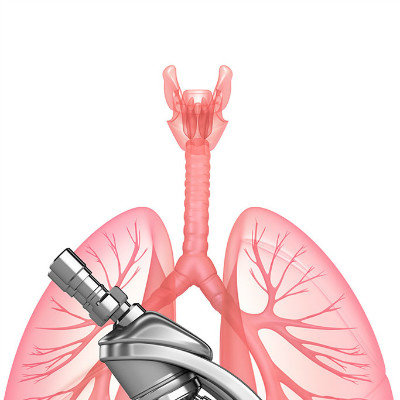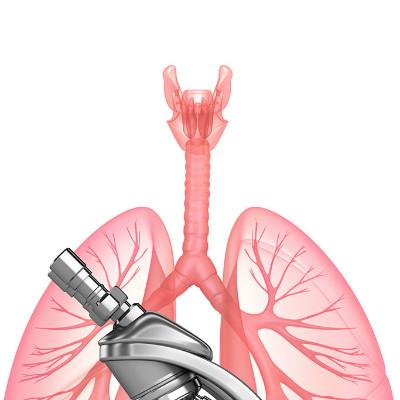What are the physical symptoms of nasopharyngeal carcinoma?
summary
So far, cancer is still a very frightening disease, because in most people's minds, cancer is still a terminal disease. In fact, cancer can be treated by early detection and early treatment. Through targeted treatment and later attention, the five-year survival rate and quality of life of cancer patients can be greatly improved. In order to find out this cancer disease as soon as possible, it is necessary to have a self-health examination at ordinary times. At the same time, it is also necessary to understand some symptoms of this disease, so as to avoid carelessness and missing the opportunity. Today, let's talk about some manifestations of nasopharyngeal carcinoma.
What are the physical symptoms of nasopharyngeal carcinoma?
Nasopharyngeal carcinoma is a malignant tumor occurring in the nasopharyngeal epithelium. The incidence rate of nasopharyngeal carcinoma is relatively high in Guangdong. Nasopharyngeal carcinoma usually begins to increase after 20 years old, and the peak is at 40-60 years old. So people of this age must pay attention to their health.
In general, the early symptoms of nasopharyngeal carcinoma are easy to be ignored. The common symptoms are only a small amount of blood in sputum or nose, sometimes not, unilateral tinnitus or hearing loss, sense of occlusion in the ear, unfixed, intermittent headache, and possibly nasal congestion. These are the manifestations of early nasopharyngeal carcinoma that are easy to be ignored.
Due to metastasis and invasion, the symptoms of advanced nasopharynx will be relatively obvious, and some special manifestations will appear, such as repeated nosebleed, persistent migraine, affecting vision and visual field, diplopia, facial numbness, and severe nasal obstruction if the tumor is too large.
matters needing attention
Simple analysis and understanding of the disease of nasopharyngeal carcinoma, if there is often nasal congestion or bleeding or tinnitus, it is necessary to actively check to exclude the possibility of nasopharyngeal carcinoma, because the earlier nasopharyngeal carcinoma is treated, the higher the five-year survival rate.















